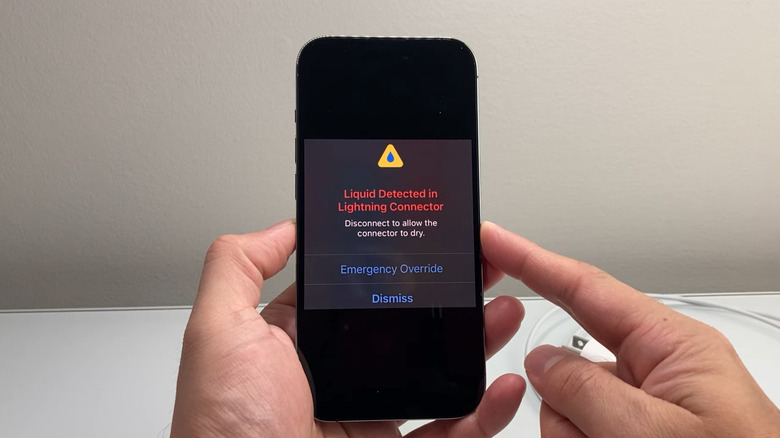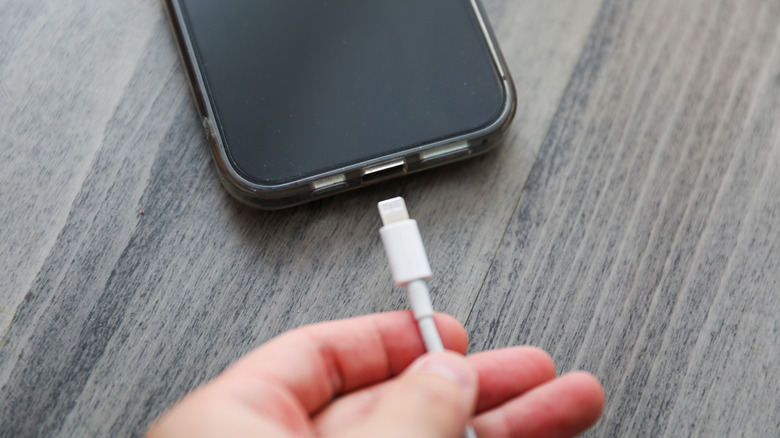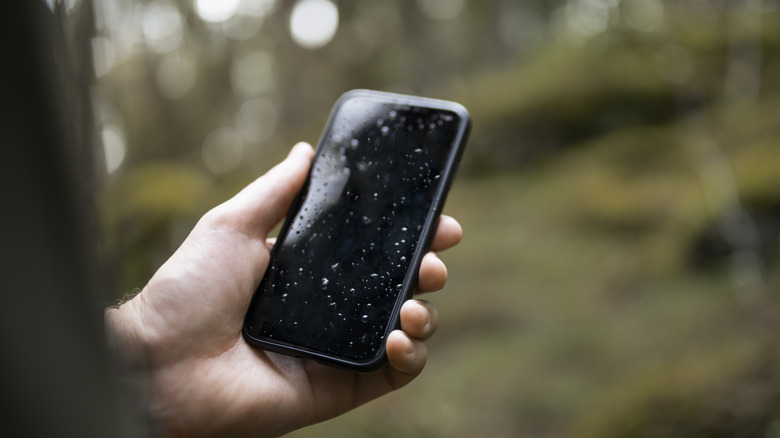Will Emergency Override Charging Damage Your iPhone?
Apple has refined the iPhone's waterproofing a lot over the years, with features that keep your phone safe when you take it out for underwater photography. One such feature is that when your iPhone detects moisture in the Lightning or USB-C charging port, iOS blocks wired charging to protect the device. You'll see a warning such as "Liquid Detected in Connector" or "Charging Not Available." Alongside that message is an option called Emergency Override. This feature lets you bypass the block and force the phone to charge, even if the port is still wet.
The alert will disappear once the port is dry, usually after several hours in a ventilated area. Wireless charging is still safe if you need power right away, as long as the back of your phone is dry. In fact, that's the recommended path unless you have no other choice. Emergency Override isn't meant to be a daily habit. It's a last-resort option designed for emergencies where having a working phone matters more than the risk of hardware damage.
The risks of charging a wet iPhone
Bypassing Apple's moisture detection system can permanently damage your device. The most immediate issue is corrosion. When electricity flows across wet contacts, the metal inside the charging port begins to degrade. Over time, those connections become unreliable, leading to problems with charging and accessory support. Once corrosion sets in, the damage is usually irreversible.
Another risk is short circuits. Moisture can create unintended pathways for current, frying sensitive components on the logic board. Even a brief short can trigger failures that require costly repairs. Power fluctuations from a short can travel into other parts of the phone, affecting the display or sensors.
There are safer alternatives. If the port is wet but you need to charge, wireless charging avoids the problem entirely. Qi-compatible iPhones (8 and newer, including the latest super-skinny iPhone Air) can still charge wirelessly while the port dries. If you don't have a wireless charger handy, patience is key. Most devices clear the alert within 30 minutes to 24 hours, depending on airflow and environment. Using desiccants like silica gel can help speed the drying process. In every scenario, Emergency Override should remain the last resort.
How to safely handle liquid detection alerts
The first thing you need to do if your iPhone is water-damaged is to disconnect it immediately. Unplug any cables or accessories, power down the phone, and gently tap it with the port facing downward to allow excess water to escape. Dry the exterior with a lint-free cloth. Then leave the iPhone in a well-ventilated spot at room temperature. Avoid using compressed air, cotton swabs, or rice, as these can worsen the issue.
You should wait for at least thirty minutes before making another attempt, but be prepared for the alert to show up again. Sometimes it takes up to 24 hours for the port to completely dry. During that time, you can test periodically by plugging in a cable.
To reduce the odds of seeing this alert in the future, avoid exposing your phone to wet or humid conditions, and consider using a waterproof case when near water. Keeping the port free of debris and checking for damage also helps. Emergency Override exists for emergencies, but the best protection for your iPhone is patience and proper drying.


